While most travelers seek markets for their products, authentic cultural experiences, or local flavors, some markets offer unexpected visual delights through their distinctive price tags and creative packaging. These humble utilitarian elements often reveal fascinating insights into local aesthetics, cultural values, and regional materials that even the merchandise itself might not convey.
From hand-lettered cardboard to intricate paper folding techniques, these practical components transform shopping into a visual feast. Here is a list of 20 markets around the world where the price tags and packaging deserve special attention and might even become souvenirs themselves.
Tsukiji Outer Market in Tokyo, Japan
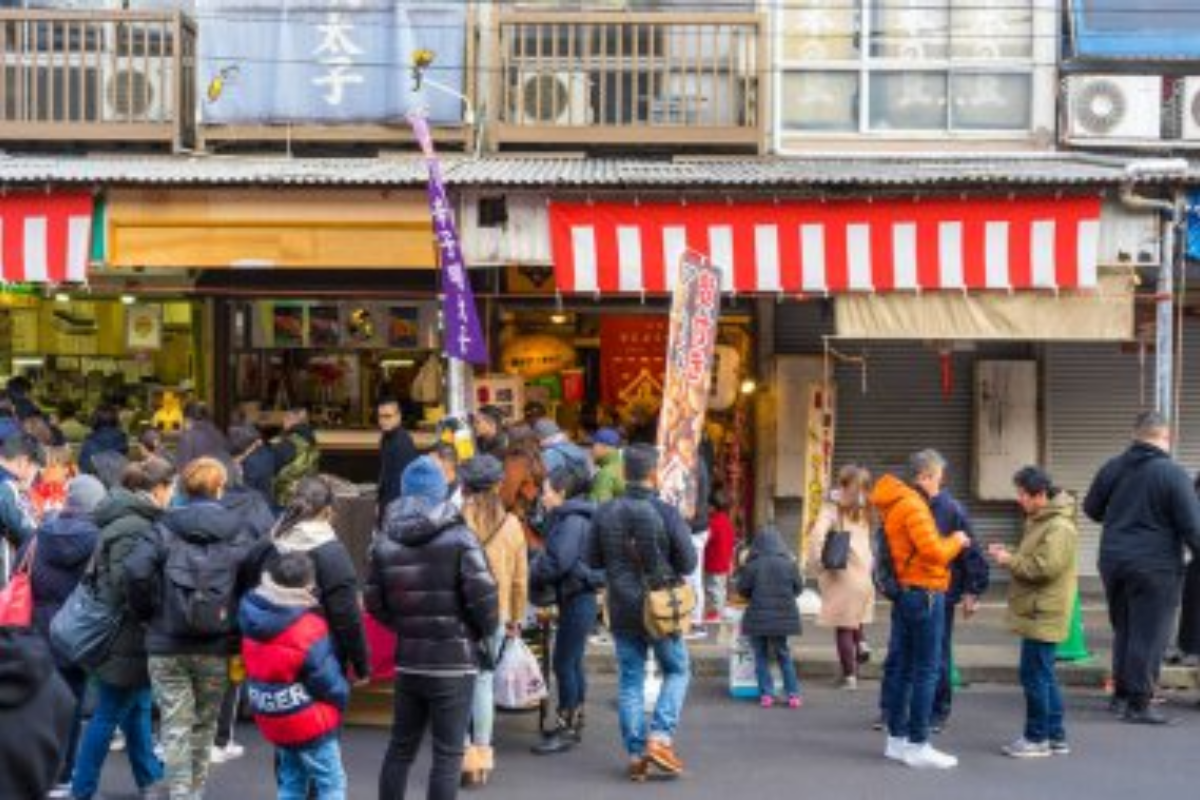
The fish vendors in this famous market create miniature works of calligraphic art on their price signs using traditional brush techniques that turn simple numbers into elegant compositions. The packaging involves elaborate origami-like folding techniques that transform simple paper into secure vessels for delicate seafood without any tape or staples.
The precision and mindfulness evident in every wrapped package reflect Japanese aesthetic principles that find beauty in practical solutions.
Borough Market in London, England
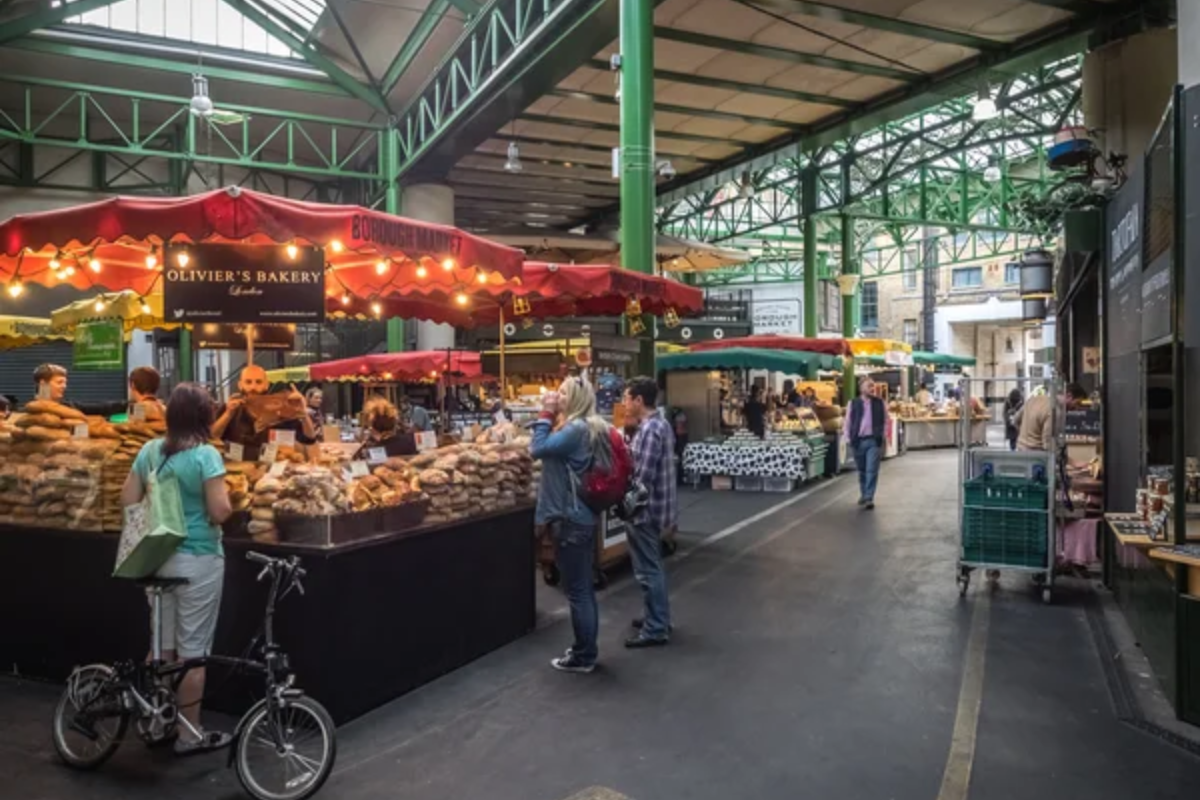
This historic food market features artisanal cheese vendors who use handwritten slate boards with distinctive chalked lettering styles passed down through generations of mongers. The wrapping techniques involve specific patterns of waxed paper folding that indicate the type of cheese inside through a visual language understood by locals.
The traditional British approach combines practicality with subtle flair that avoids unnecessary waste while maintaining distinctive character.
Like Travel Pug’s content? Follow us on MSN.
La Boqueria in Barcelona, Spain
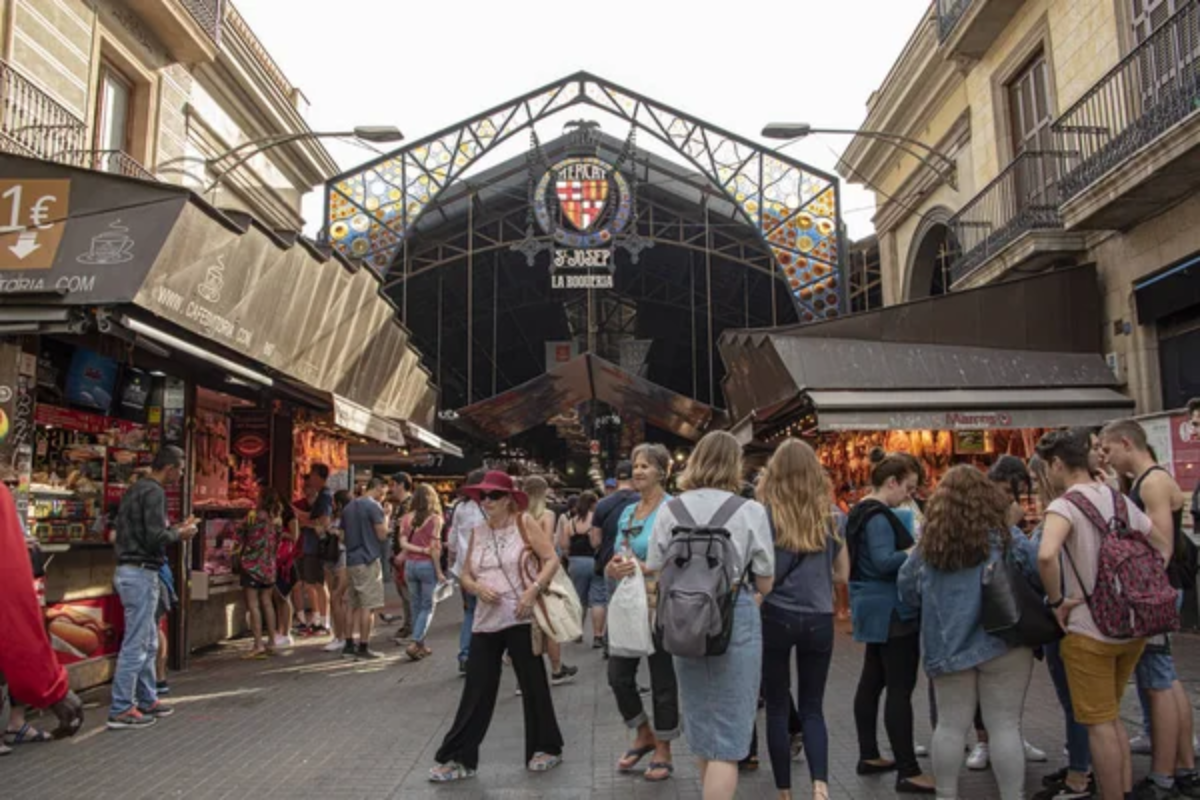
The fruit stalls in this Catalan market create vibrant displays with hand-painted wooden price tags featuring flamboyant numbering styles and decorative elements that reflect Mediterranean exuberance. Vendors wrap purchases in distinctive paper cones twisted with theatrical flair, transforming simple fruits into gift-like presentations.
The colorful, artistic approach to everyday market transactions embodies Barcelona’s creative spirit and attention to aesthetic details.
Marrakech Souks in Morocco
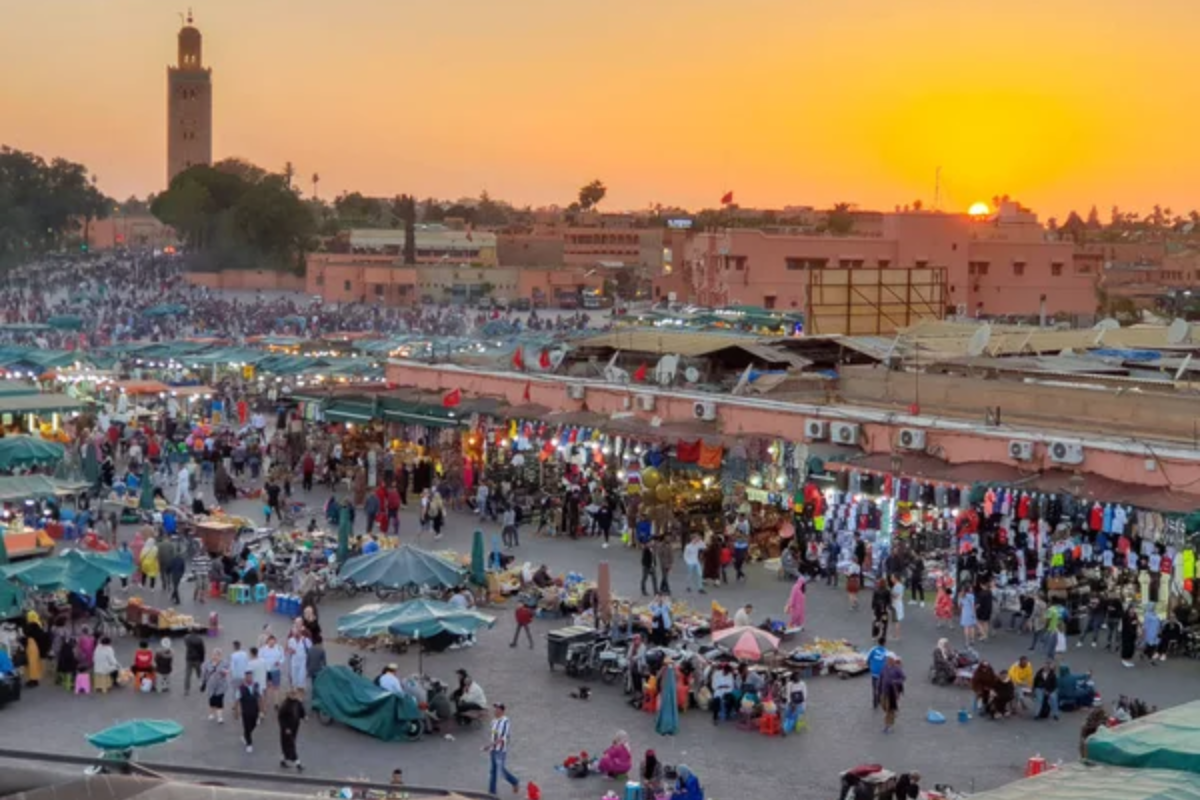
The spice merchants create pyramid-shaped piles with price tags fashioned from recycled packaging materials featuring handwritten Arabic script that flows like visual poetry across irregular surfaces. The packaging involves intricate folding of newspaper sheets into secure pouches sealed with bits of twine or palm fiber rather than modern tape.
These sustainable solutions evolved over centuries of desert trading, where every material must serve multiple purposes.
Chatuchak Weekend Market in Bangkok, Thailand
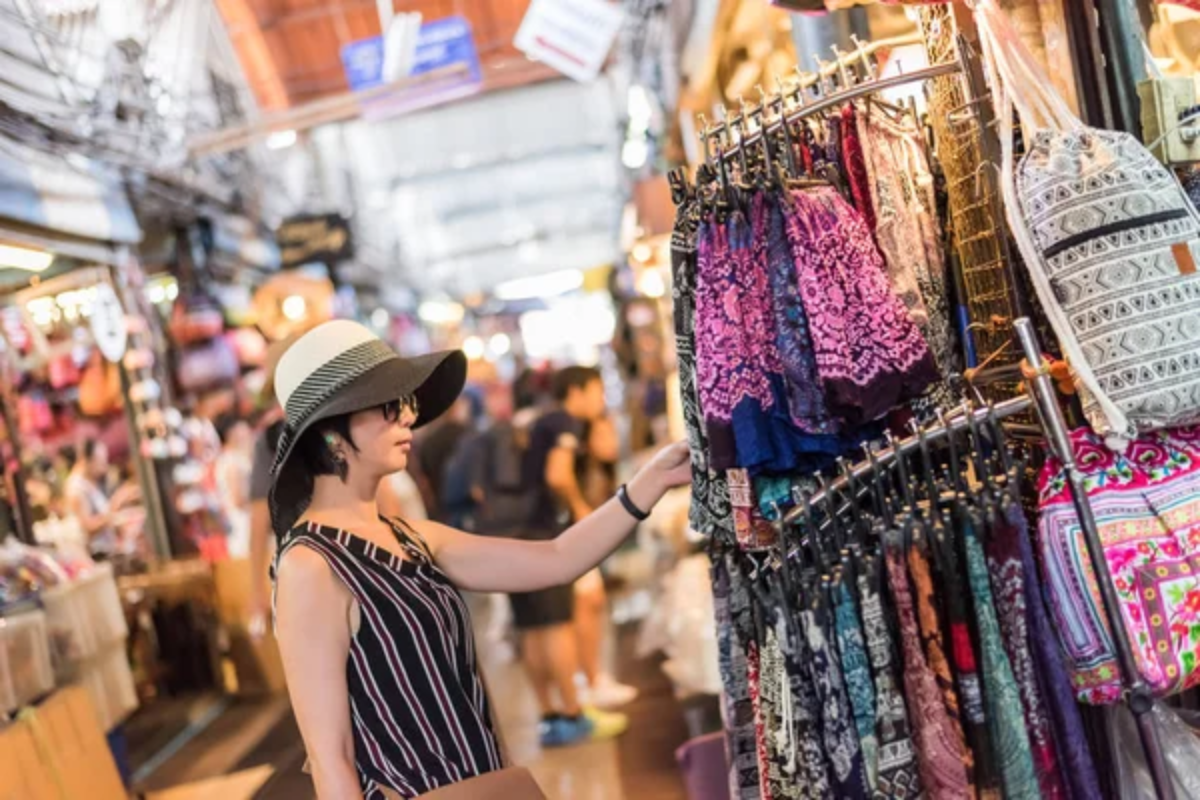
This massive market features clothing vendors who use tropical leaves as natural price tags, writing directly on the surface with bamboo pens dipped in natural dyes. The traditional packaging involves banana leaf wrapping techniques secured with thin bamboo splints that create waterproof, biodegradable containers requiring no modern materials.
These ephemeral solutions connect shopping to Thai cultural traditions while demonstrating sustainable alternatives to plastic packaging.
Like Travel Pug’s content? Follow us on MSN.
Grand Bazaar in Istanbul, Turkey
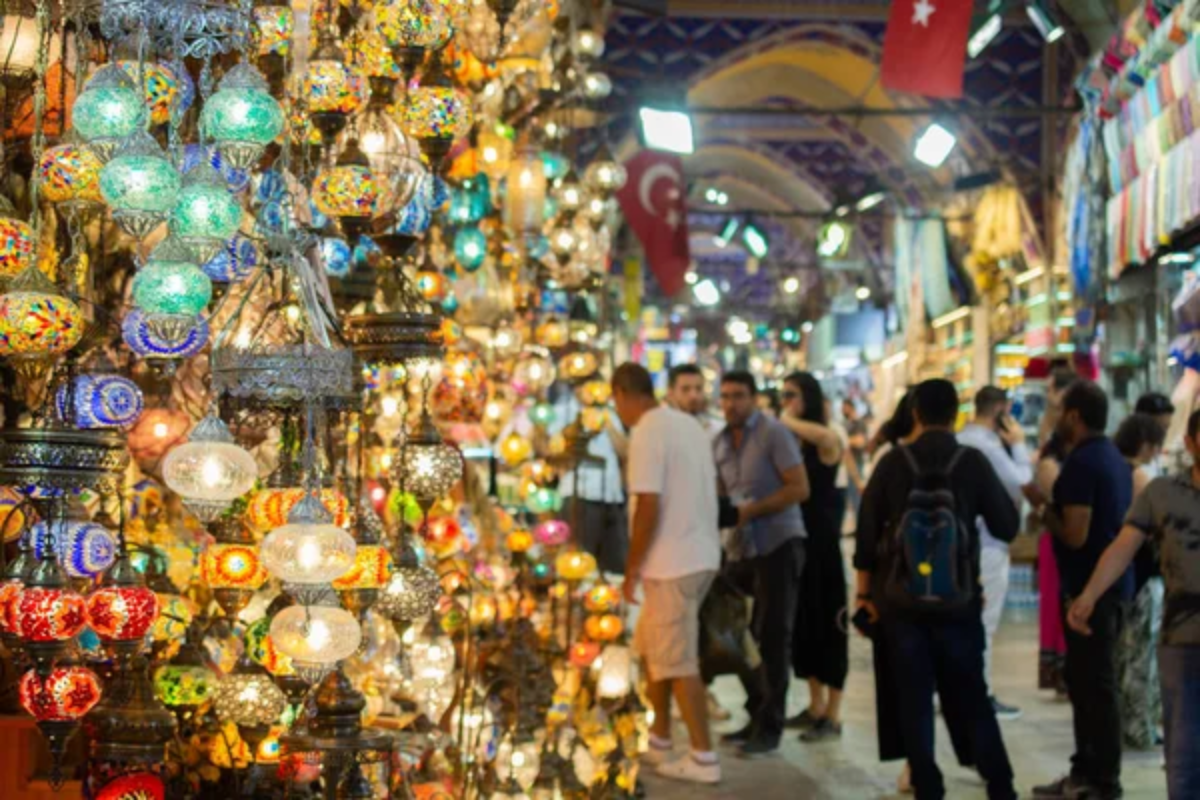
The carpet sellers in this ancient market create ornate price cards using Ottoman calligraphy styles that transform numbers into artistic statements reflecting Turkey’s rich visual heritage. The packaging involves complex fabric wrapping techniques derived from traditional furoshiki methods, using geometric folding patterns to secure items without adhesives.
These approaches connect modern commerce to cultural traditions dating back to the Byzantine and Ottoman empires.
Pike Place Market in Seattle, USA

The fish vendors create theatrical displays with hand-crafted wooden price signs featuring distinctive chunky lettering and cartoon-like fish illustrations painted in bold colors. The packaging involves specialized butcher paper wrapping secured with distinctive red-and-white baker’s twine in a pattern unique to the Pacific Northwest fish trade.
The playful visual style reflects the market’s tradition of performative commerce and audience engagement.
Camden Market in London, England
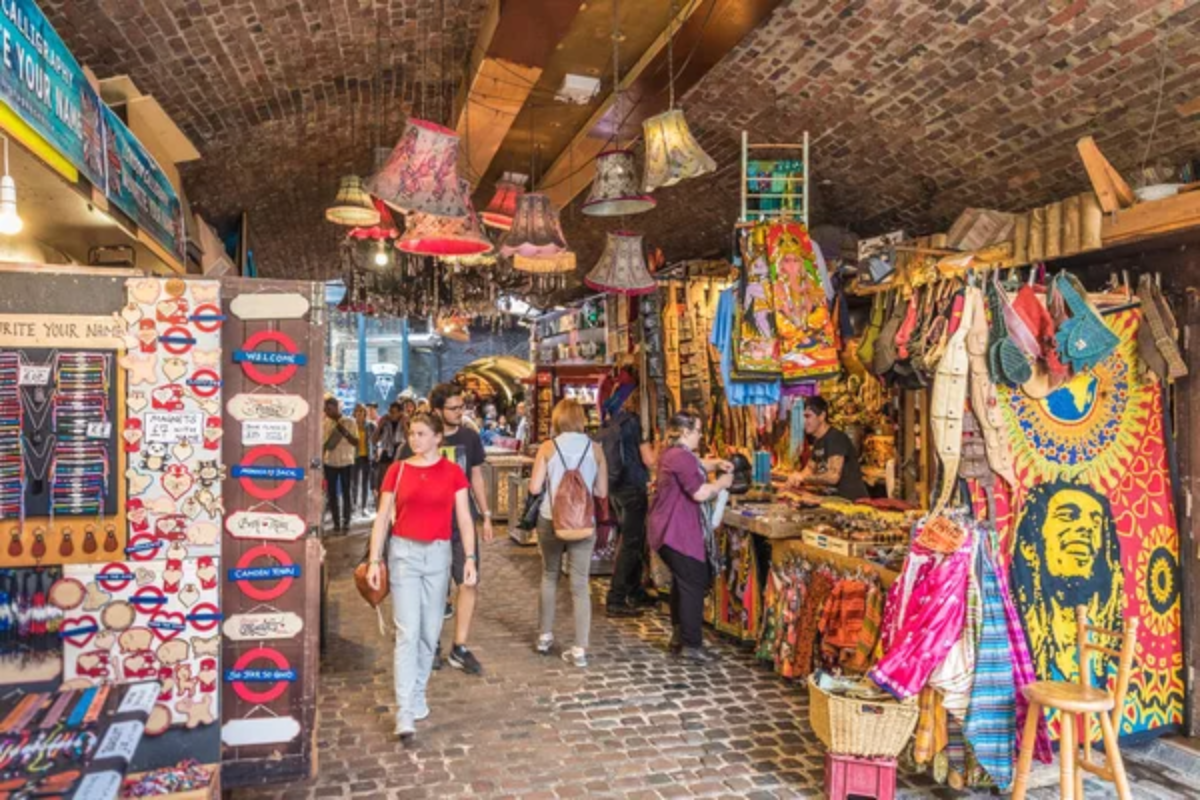
Vintage clothing vendors create price tags from repurposed materials like old record sleeves, antique playing cards, and salvaged ephemera to complement their retro merchandise. The packaging often involves reused paper maps folded origami-style and secured with washi tape in patterns that extend the aesthetic of the purchased items.
This approach to creative reuse aligns perfectly with the market’s alternative culture and sustainability values.
Like Travel Pug’s content? Follow us on MSN.
Mercado de San Miguel in Madrid, Spain
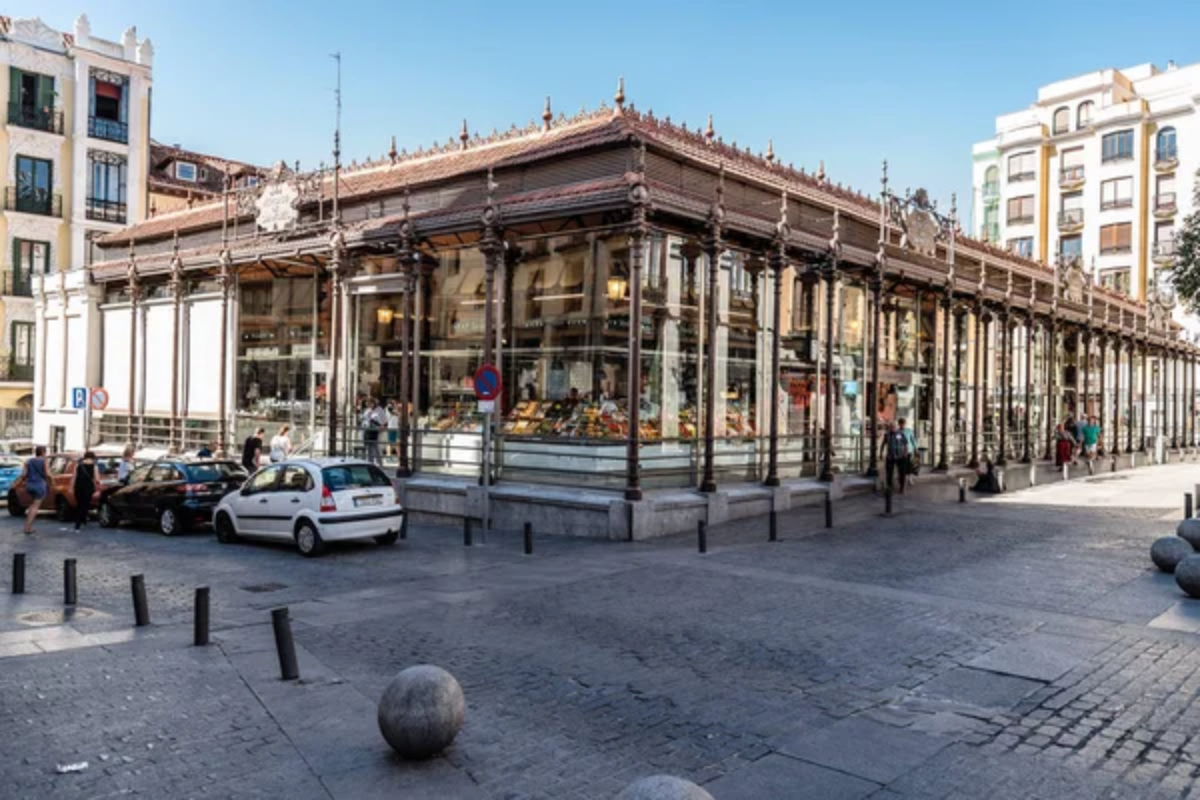
The tapas stalls create minimalist price displays using modernist typography on transparent acrylic stands that create floating number effects above the food. The packaging involves geometric paper folding techniques derived from Spanish architecture, creating angular containers that echo the market’s iron and glass structure.
This sophisticated approach connects traditional Spanish cuisine to the country’s design heritage.
Jatujak Green Market in Bangkok, Thailand
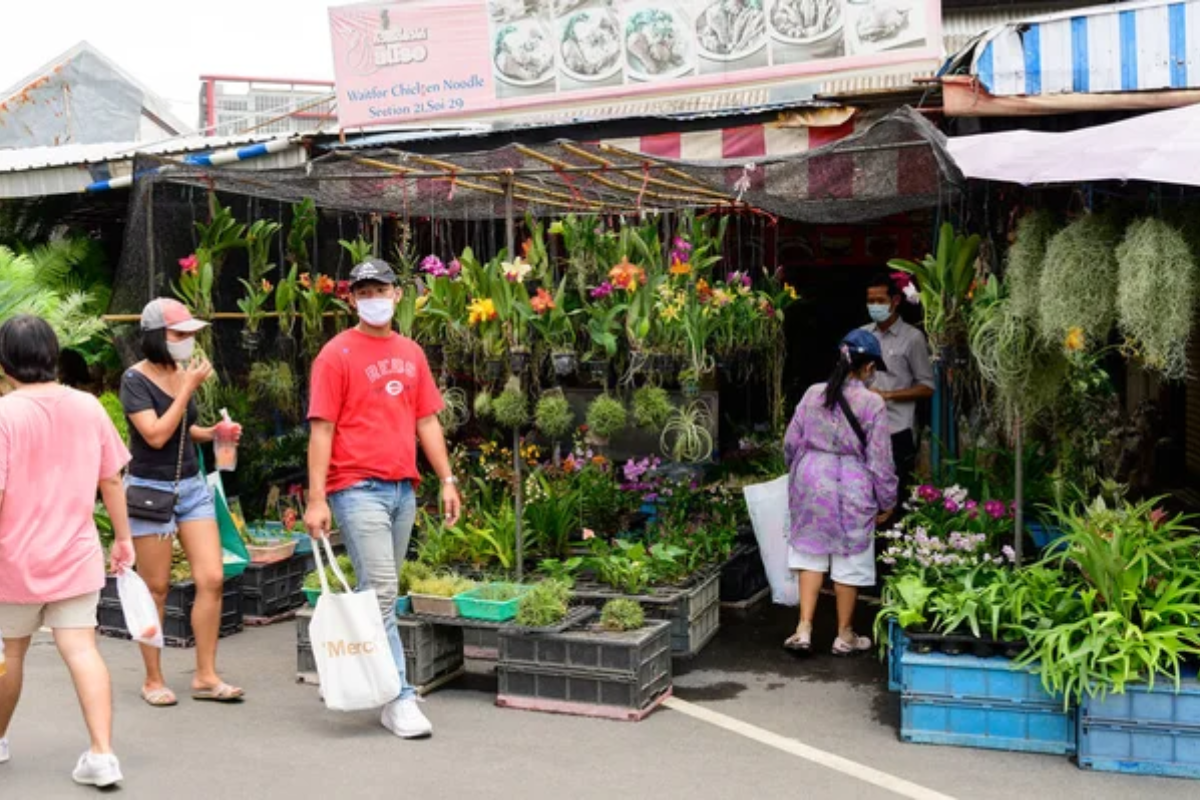
This plant market features price tags made from recycled seed packets with handwritten information in looping Thai script adorned with botanical illustrations. The packaging involves coconut fiber wrapping techniques that keep plant roots moist while providing natural nutrients during transport.
These biodegradable solutions demonstrate traditional Thai agricultural wisdom adapted for modern urban plant enthusiasts.
Portobello Road Market in London, England
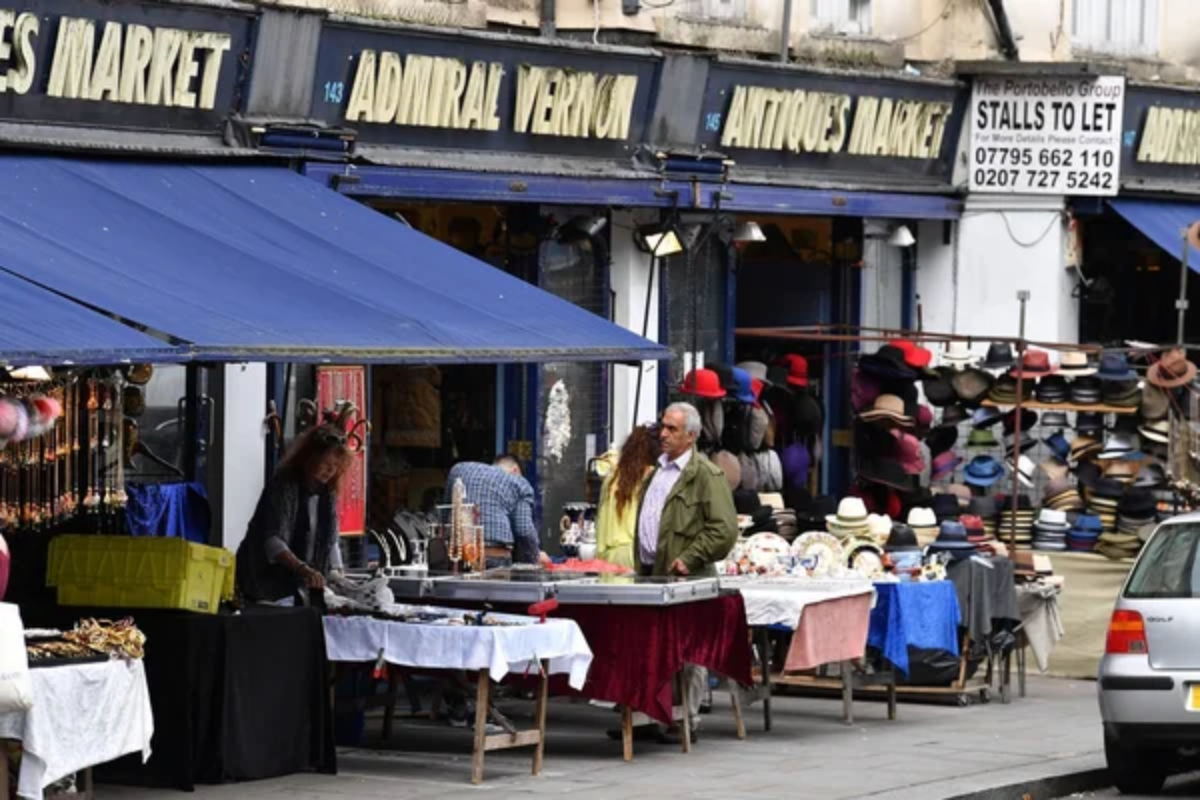
The antique dealers create distinctive price tags from aged paper with custom rubber stamps and hand-notations that document provenance alongside cost. The packaging involves specialized acid-free tissue wrapping techniques with letterpress printed market logos secured by hand-tied grosgrain ribbons.
These thoughtful details reflect the market’s emphasis on history, authenticity, and the proper stewardship of vintage items.
Like Travel Pug’s content? Follow us on MSN.
Mercado Central in Santiago, Chile
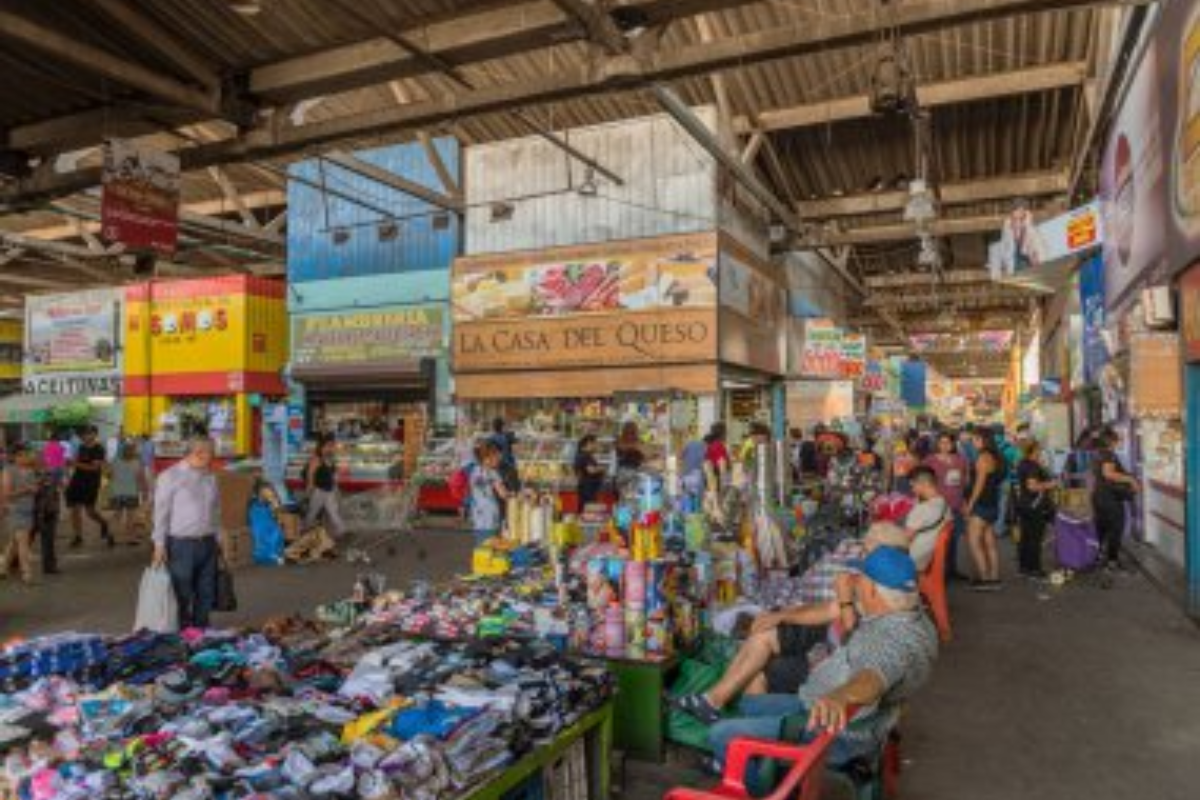
The seafood vendors create price displays using discarded shells and reclaimed driftwood, with prices burned rather than written into the natural materials. The packaging involves eucalyptus leaves wrapped around purchases and secured with natural cordage made from local plant fibers harvested sustainably.
This approach connects modern commerce to Chile’s indigenous Mapuche traditions of harmoniously working with natural materials.
Meatpacking District Flea in New York, USA

Vintage technology vendors create price tags from punched computer cards and magnetic tape labels to complement their retro-tech merchandise. The packaging often involves architectural blueprint paper folded according to specific algorithms to protect delicate electronics while referencing New York’s design heritage.
This approach bridges analog and digital worlds through thoughtful material choices that extend the narrative of the products themselves.
Chandni Chowk in Delhi, India

The textile merchants create price tags from handmade paper featuring miniature Mughal-inspired illustrations, with prices integrated into the decorative borders. The packaging involves specific sari-folding techniques that transform simple cotton wrapping cloth into secure bundles through a complex series of tucks and folds.
These approaches preserve centuries-old traditions while creating memorable unwrapping experiences.
Like Travel Pug’s content? Follow us on MSN.
Naschmarkt in Vienna, Austria
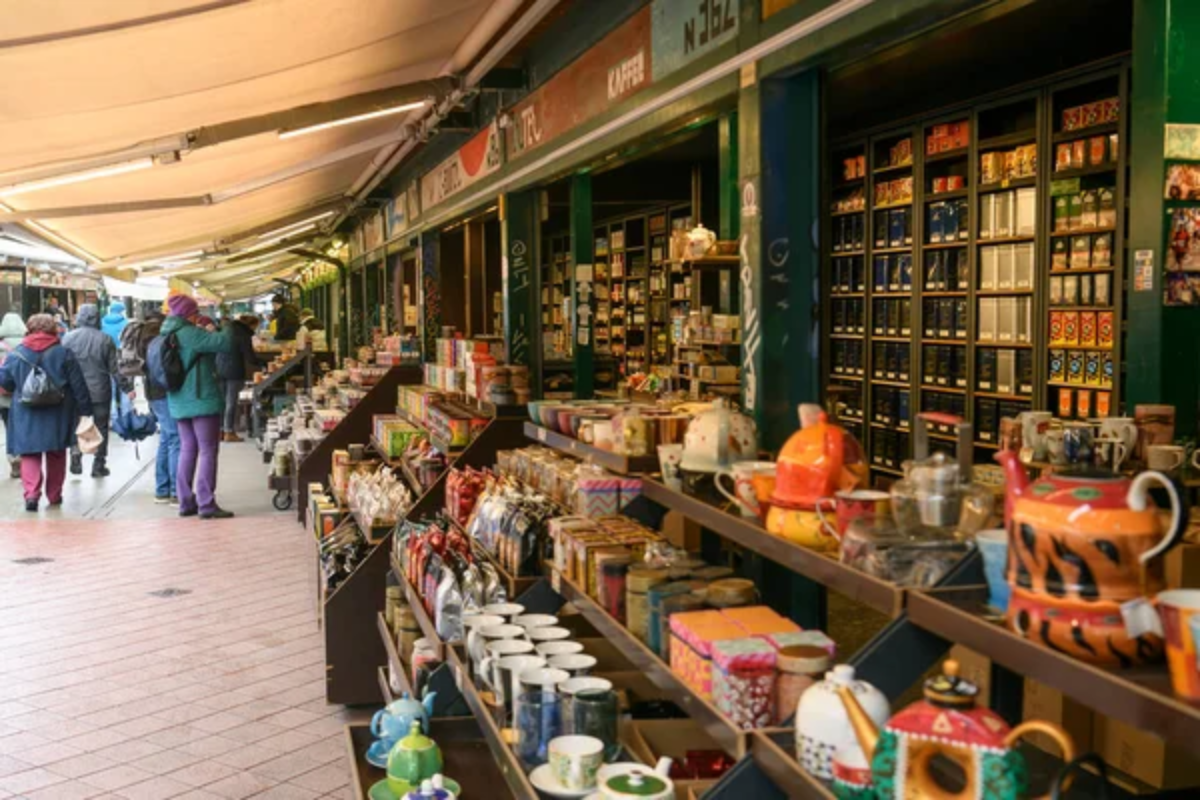
The delicatessen stalls create price cards using classical Viennese coffee house penmanship on cream-colored card stock with gold edging that elevates simple foodstuffs. The packaging involves specialized Habsburgian paper-folding techniques that reference imperial traditions through precise geometric patterns.
The formal, architectural approach to wrapping reflects Vienna’s historical emphasis on refined presentation.
Night Markets in Taipei, Taiwan
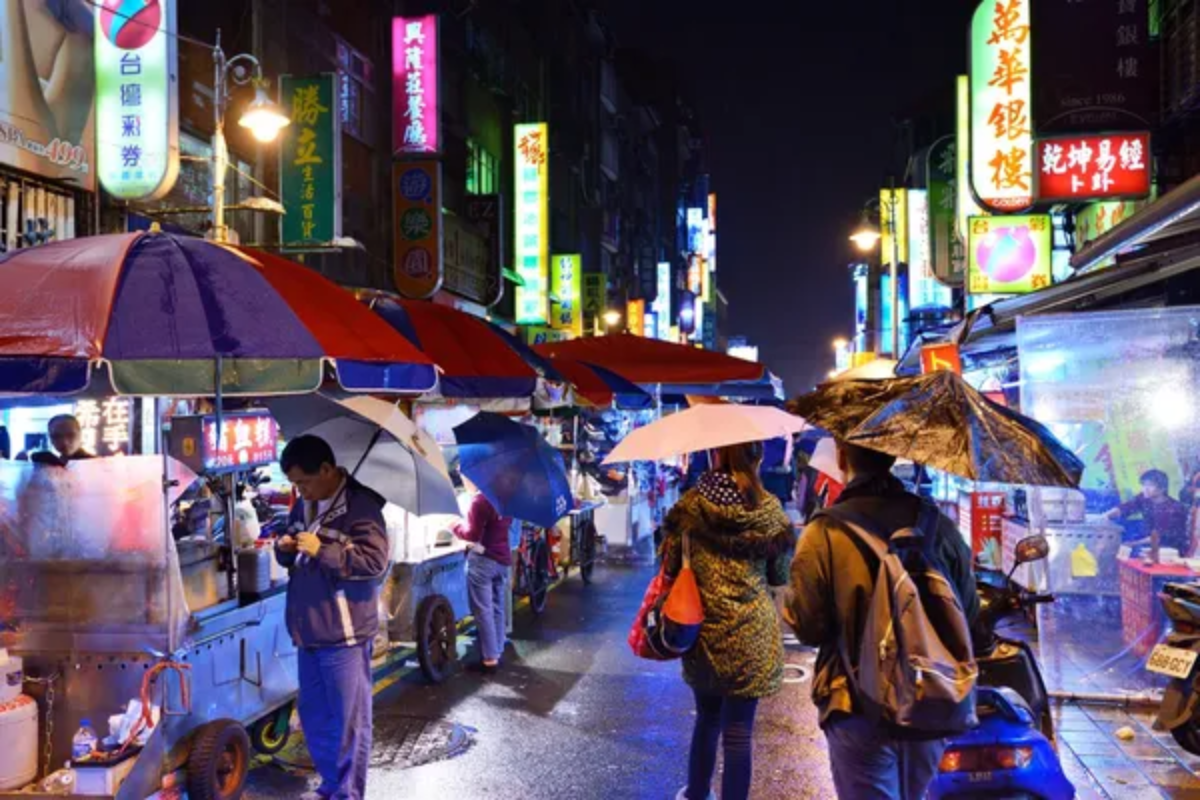
The street food vendors create illuminated price displays using LED-lit transparent acrylic with traditional Chinese characters laser-etched rather than printed on the surface. The packaging involves specialized origami techniques using waterproof rice paper that changes color slightly when containing hot items as a built-in temperature indicator.
These innovative approaches blend ancient traditions with modern technology in a typically Taiwanese fashion.
Queen Victoria Market in Melbourne, Australia

The cheesemongers create handwritten price tags on recycled wine bottle corks, connecting the dairy products to the region’s viticulture traditions. The packaging involves distinctive butcher paper wrapping with hand-stamped shop logos using natural ochre pigments derived from Australian soils.
This approach grounds commercial transactions in the region’s specific ecology and agriculture.
Like Travel Pug’s content? Follow us on MSN.
Spice Bazaar in Istanbul, Turkey
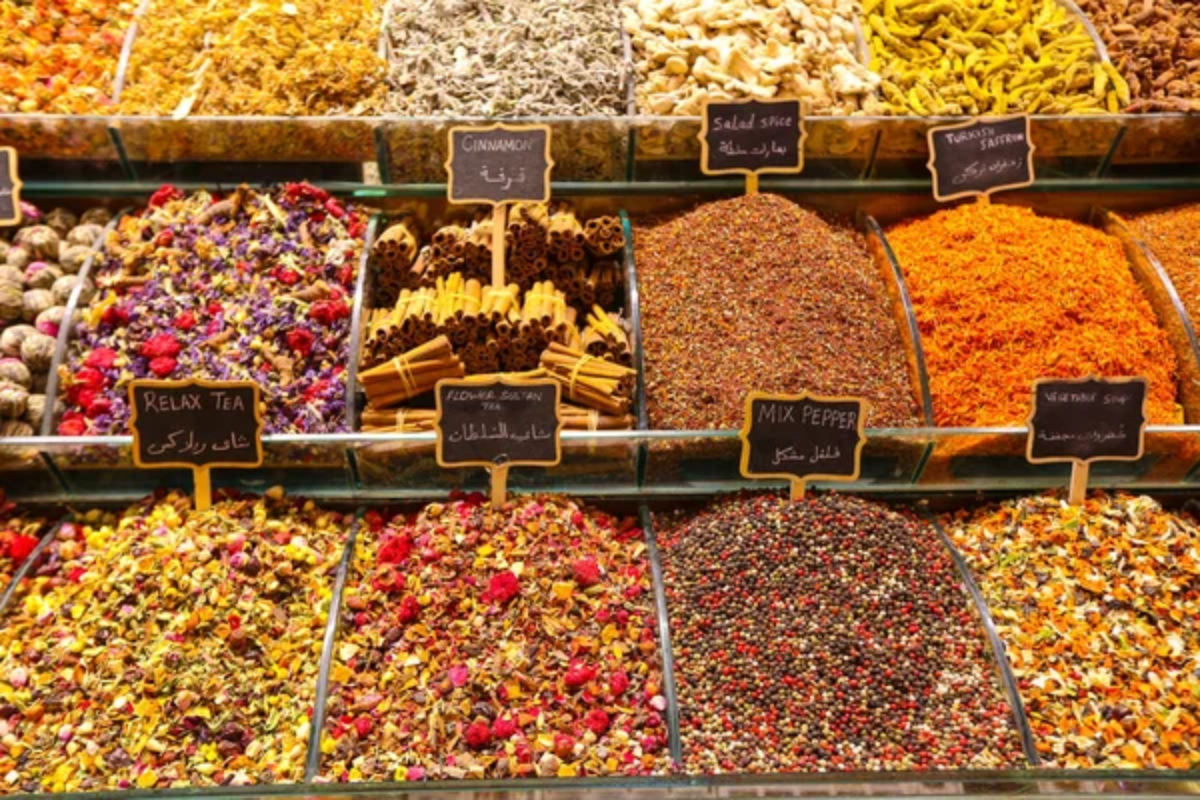
The tea merchants create price tags from handmade paper imbued with actual tea leaves, creating aromatic price indicators that preview the product’s scent. The packaging involves special moisture-preserving paper folding techniques passed down through generations of tea traders since Ottoman times.
These sensory-rich approaches transform utilitarian commerce into immersive experiences that engage multiple senses.
Marché aux Puces in Paris, France
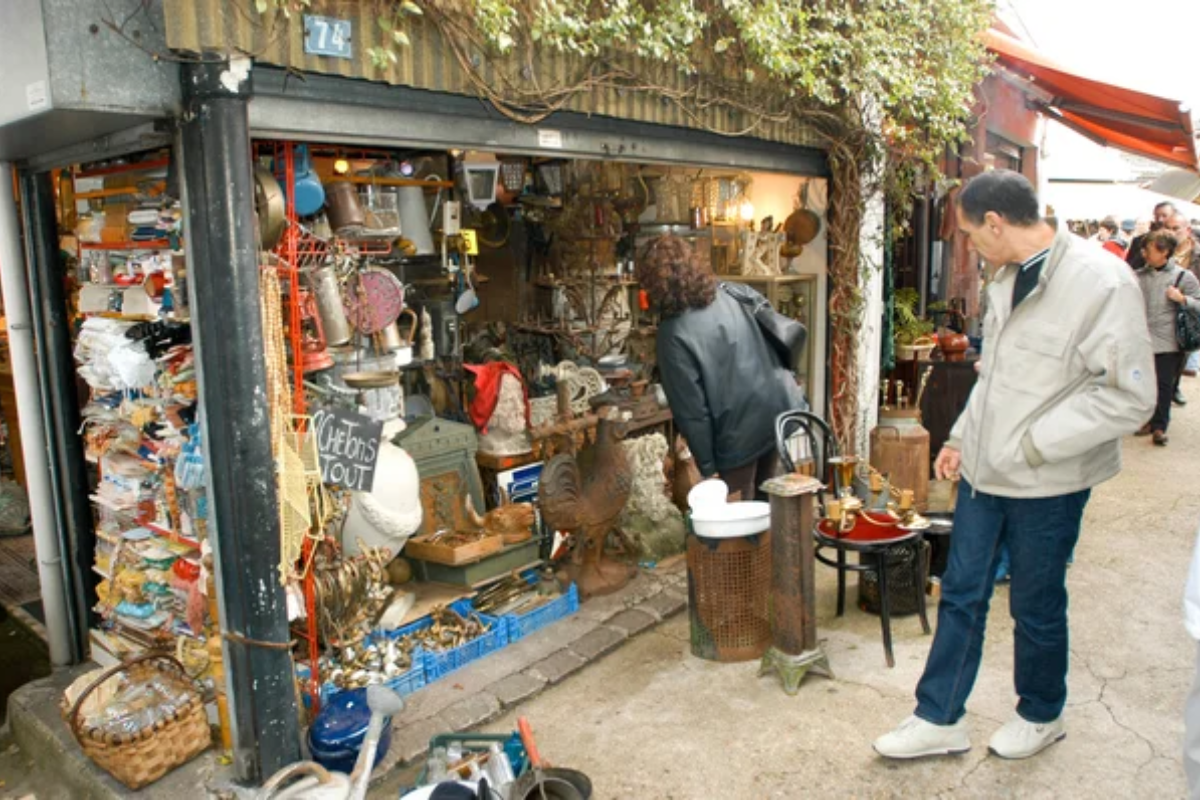
The antique book dealers create price markings using traditional French numerical notation on handmade paper slips that double as bookmarks. The packaging involves specialized envelope folding techniques developed during the French Revolution to conceal important documents, now repurposed for literary treasures.
These approaches connect the transaction to France’s rich literary and revolutionary history.
Torvehallerne Market in Copenhagen, Denmark
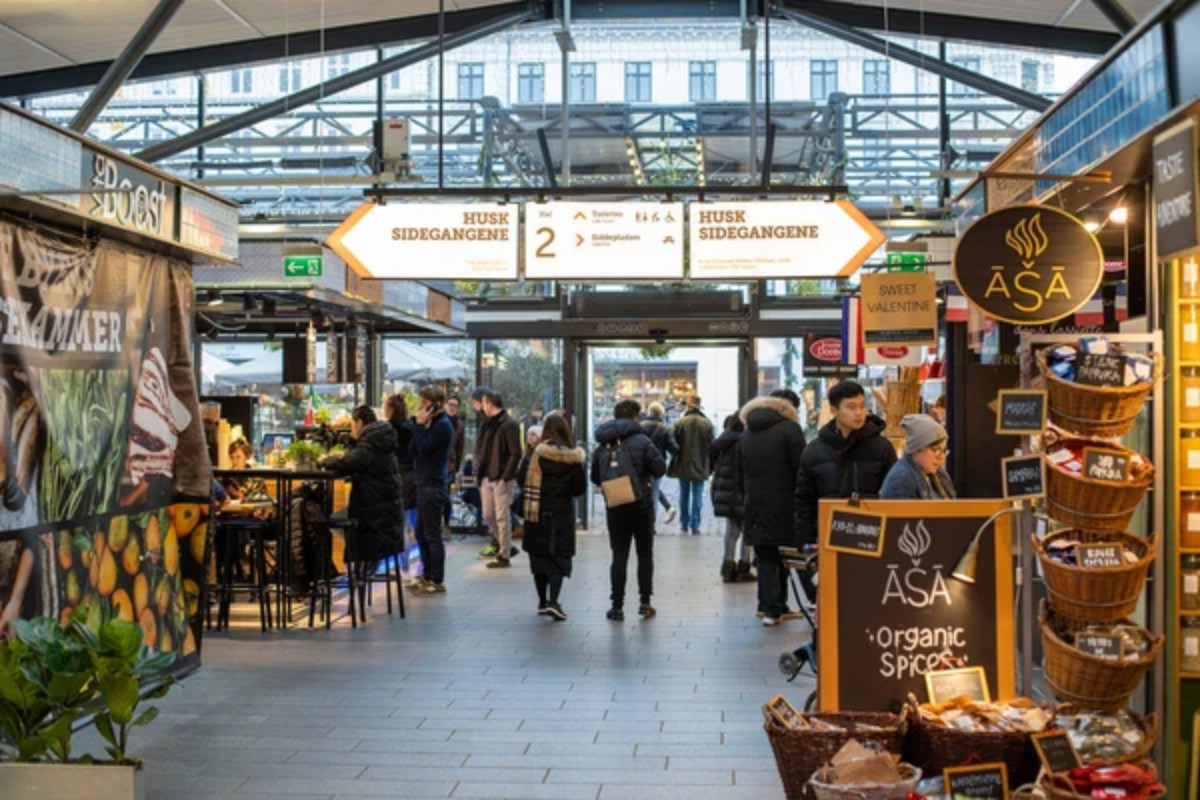
This modern Nordic food hall features vendors using minimalist price tags made from recycled cardboard with clean, architectural typography reflecting Scandinavian design principles. The packaging involves paper wrapping in precise geometric patterns secured with natural twine dyed using traditional methods from Viking era techniques.
The thoughtful restraint in both visual design and materials demonstrates the Danish concept of hygge translated into market transactions.
Like Travel Pug’s content? Follow us on MSN.
Beyond Function to Form
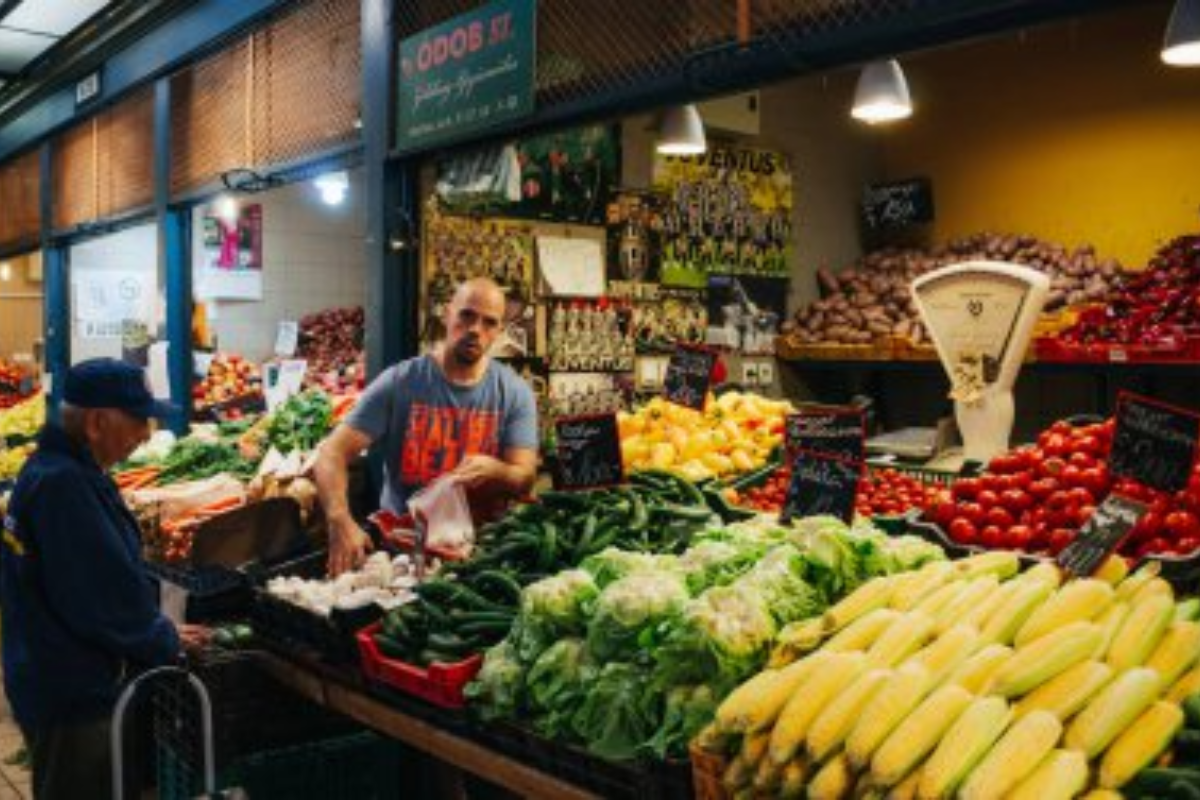
These distinctive approaches to pricing and packaging elevate everyday market transactions into memorable cultural experiences worth seeking out. While we typically focus on what we’re buying, these markets remind us that how something is presented and exchanged forms an equally important part of material culture.
The handwritten price tag or cleverly folded package represents a direct human connection that standardized barcodes and plastic bags can never replicate. As traditional market culture faces increasing pressure from digital commerce and mass production, these tactile, distinctive approaches to the final steps of a purchase deserve documentation and appreciation.
The most thoughtful travelers might find that these humble elements, designed to be discarded, actually become their most meaningful souvenirs.
More from Travel Pug

- Cities Growing so Fast You Won’t Recognize Them in 10 Years
- 13 Destinations Where Tourists Regularly Regret Their Trip
- 20 Obscure WWII Sites Even History Buffs Don’t Know About
- 10 Under-the-Radar Mountain Towns That Are Both Affordable and Beautiful
- Remote Villages in Europe Where You Can Live for Free in Exchange for Work
Like Travel Pug’s content? Follow us on MSN.
